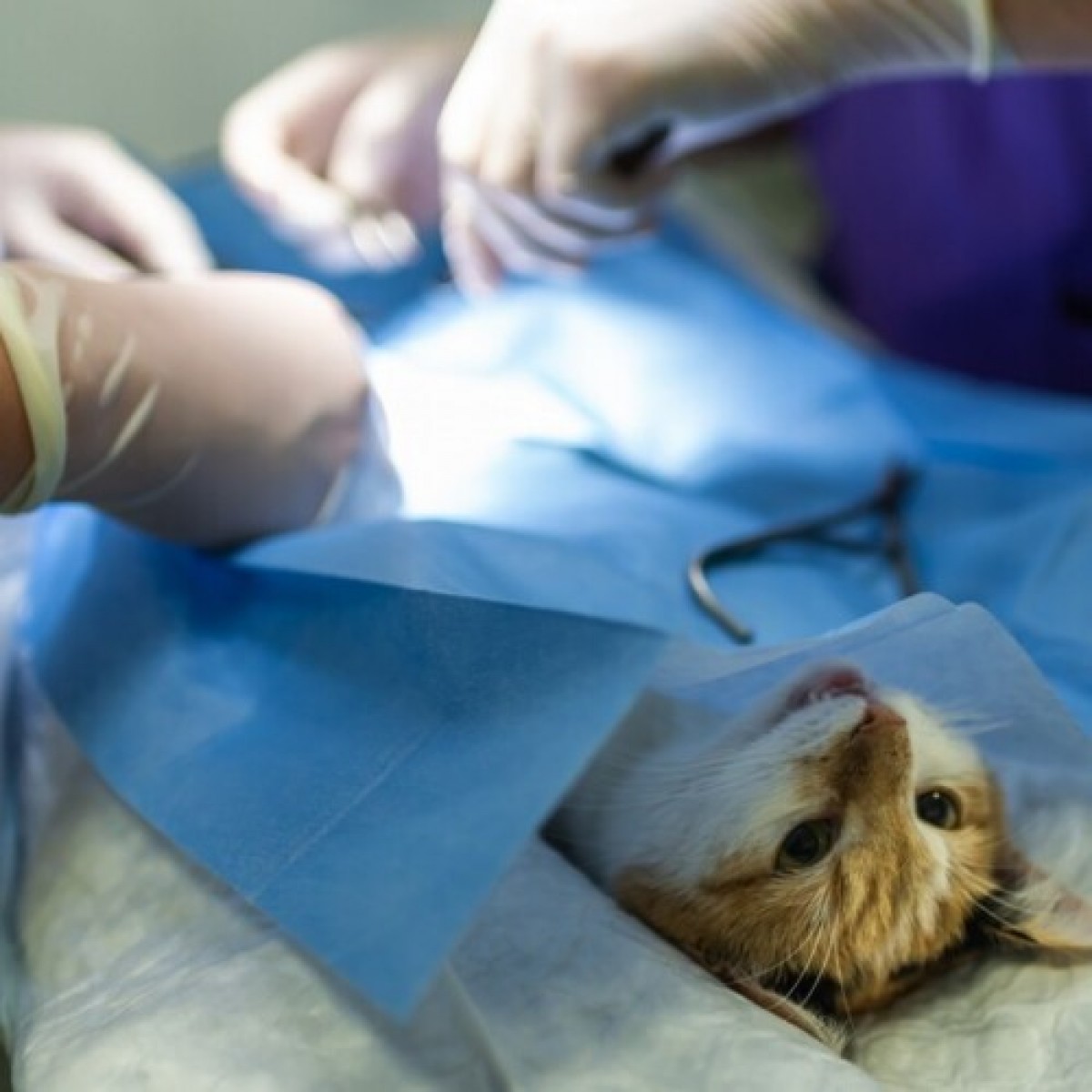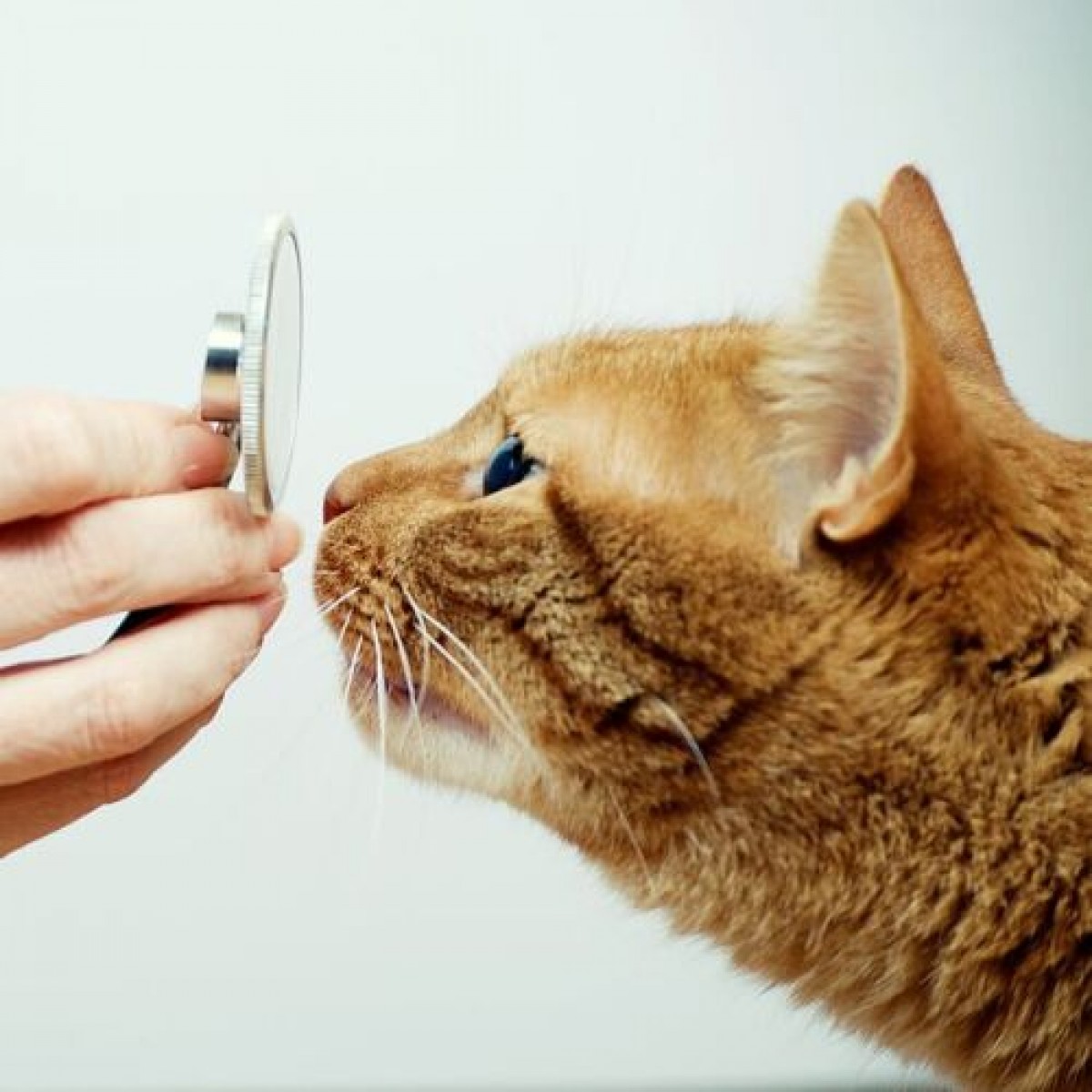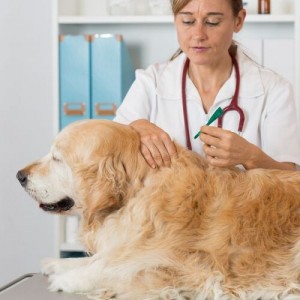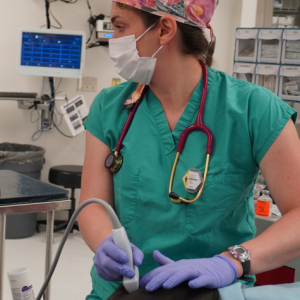AVMA News: Map shows heartworm rates continue to increase
The American Heartworm Society conducts an incidence survey every three years
Incidence of heartworm disease has continued to rise not only in previously known hot spots but also in unexpected locations with previously low heartworm rates, according to the 2022 Heartworm Incidence Map from the American Heartworm Society (AHS).
As reported recently by AVAM News, the AHS conducts a heartworm incidence survey every three years, working with veterinary practices and shelters that submit data from heartworm antigen tests run over the course of the previous year. The latest survey was conducted in early 2023 and reflects data from testing conducted during 2022.
The leading states for heartworm incidence continue to be those around the lower Mississippi Delta, which has a climate where mosquitos thrive along with the presence of untreated dogs and wildlife that can carry infection.
he states with the highest density of diagnosed heartworm cases in the latest survey were Mississippi, Louisiana, Texas, Alabama, and Arkansas, said Dr. Jennifer Rizzo, AHS president, in a press release. On the incidence map, Arkansas, Mississippi, Texas, Georgia, Florida, Tennessee and the Carolinas all saw expansions of high-density areas.
States with historically low heartworm rates also saw unexpected increases and the development of new hot spot areas. These included Washington, Oregon, Kansas, North Dakota, Massachusetts, and Connecticut. Urban areas such as Seattle Boise, Idaho in the Northwest; Bismarck, North Dakota in the Upper Midwest; and Tucson, Arizona, in the Southwest also saw significant increases in heartworm rates.
“For many pet owners—and even veterinarians—it can be all too easy to assume that heartworm isn’t common in their area,” Rizzo said. “A look at the AHS incidence map quickly dispels this assumption and makes it clear to owners that heartworm prevention is a ‘must’ for their pets.”
While no single reason can be attributed to these changes, factors involved are believed to include a greater influx of heartworm-positive animals from out-of-state, higher testing rates, higher infection rates—or all three, according to the AHS.
Along with submitting their numbers, practitioners completed a brief multiple-choice AHS survey. In this survey, participants were asked whether heartworm rates in their area have stayed the same, increased, or decreased.
Half of respondents (53%) said heartworm rates have remained stable. More respondents said heartworm rates have increased (29%) than decreased (17%).
Among those who saw rates rise, almost one-third (32%) blamed the influx of heartworm-positive pets to their area. Poor compliance with heartworm prevention (27%) followed closely, along with weather conditions that caused an increase in mosquitoes (22%).
Among respondents who saw heartworm rates drop, changes in pet-owner behavior, including increases in pet owners administering heartworm preventives (33%) and improvements on preventive compliance (31%), were the most cited reasons.
“If practitioners don’t take a proactive role in prescribing preventives, dogs will be compromised,” Dr. Rizzo said.
Dr. Doug Carithers, longtime survey chair, cited a recent analysis that found over 68% of dogs in the U.S. leave the veterinary practice without a single dose of heartworm preventive. This is up from 2009, when 64% of dogs were leaving clinics with no preventive, according to a compliance study published by IDEXX.
“Wouldn’t it be great if three years from now, when we do our next heartworm incidence survey, we could say that we saw incidence go down?” Rizzo said. “As practitioners, we can’t control what happens nationwide, but we can help shape what happens in our own practice areas.”
Carithers said the entire veterinary staff should emphasize that every dog needs to be on a heartworm preventive. He referenced recent research by Dr. Sarah Zohdy, an associate professor at Auburn University College of Veterinary Medicine, that suggests heartworm-infected dogs can attract mosquitoes because of the volatile organic compounds (VOCs) these dogs exhale.
A study conducted by Dr. Tanja McKay, a professor at Arkansas State University, and others, found that mosquitoes are 10 times more likely to find and feed on infected dogs, wolves, or coyotes.
“So, if those infected individuals (dogs, wolves, or coyotes) are physically close to other dogs, or even just passing through a neighborhood with mosquitoes, there is a very good potential for infection of the mosquito, and potentially those mosquitoes will pass the infection to a local (untested) dog,” Carithers said.













List
Add
Please enter a comment